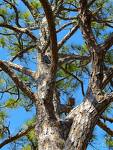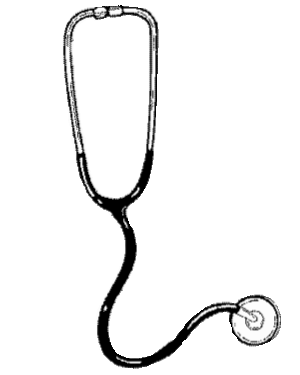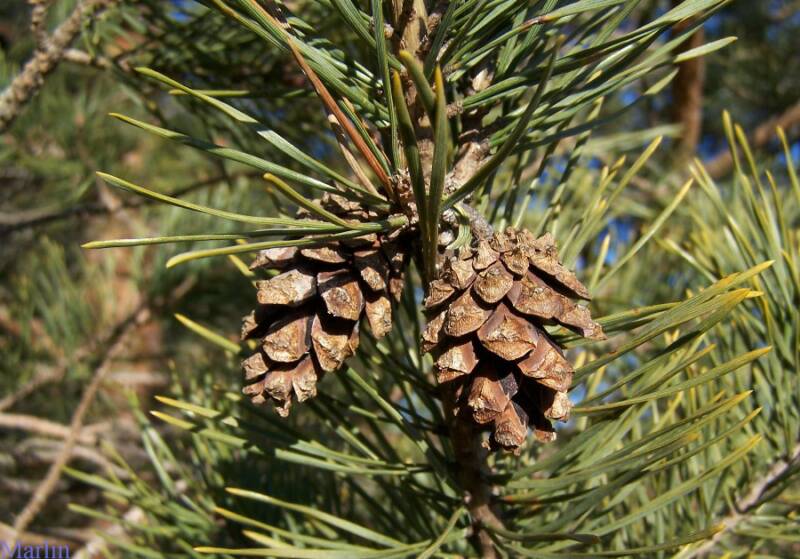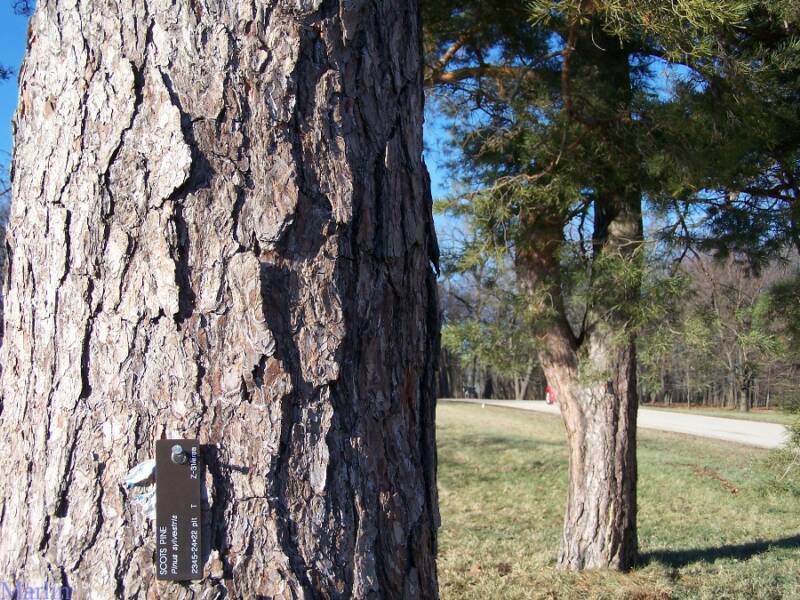Long Needle Pine








Identify
Watch for
- Needle discoloring
- Needles turning yellow or rust color
- Die out in sections of the tree
- Holes in the bark
- Insects or larvae present



"We work for you. Not for our boss"
Pine dieback has started to become an issue in long needle pines. Learn more about this issue and what to look for in our latest page. PINE DIEBACK



